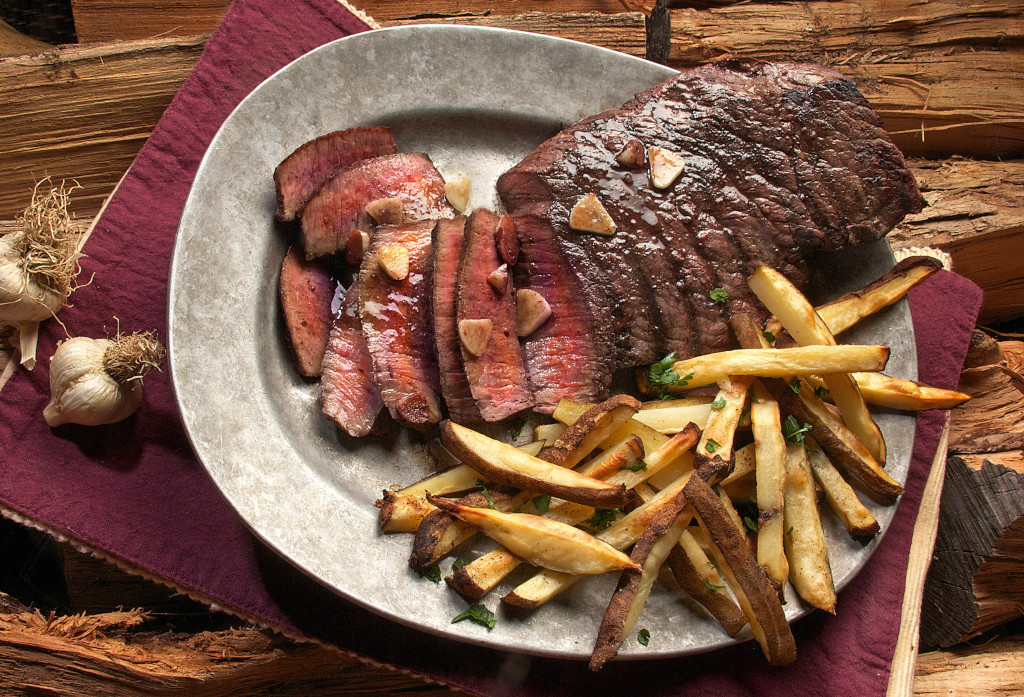Burns Night is a celebration held annually on January 25th in honour of the Scottish poet Robert Burns (also known as Rabbie Burns), who was born on that date in 1759. Robert Burns is widely regarded as the national poet of Scotland and is best known for his poetry and songs, many of which are written in Scots dialect.
The tradition of Burns Night began a few years after Burns' death in 1796 when a group of his friends gathered to commemorate his life and work. Over time, this informal gathering evolved into a more structured event with specific rituals and traditions.
A typical Burns Night celebration involves a formal dinner known as a Burns Supper. The supper usually includes the following elements:
Address to the Haggis: The evening often begins with the "Address to the Haggis," a recitation of Burns' poem dedicated to the traditional Scottish dish, haggis. The poem is recited as the haggis is brought into the room, and it is customary to give a dramatic and enthusiastic performance.
Toast to the Lassies: A male speaker delivers a humorous and sometimes cheeky toast to the women (lassies) present, acknowledging their importance and contributions.
Reply to the Laddies: In response, a female speaker gives a witty and charming reply, often poking fun at the men (laddies) in attendance.
Recitation of Burns' Poems and Songs: Throughout the evening, various participants may recite or perform some of Burns' most famous poems and songs.
Traditional Scottish Fare: The meal typically includes traditional Scottish dishes such as haggis (a savory pudding made with sheep's heart, liver, and lungs), neeps (mashed turnips), and tatties (mashed potatoes).
Whisky Tasting: Scotch whisky, another Scottish staple, is often enjoyed during the evening, with participants toasting to the memory of Robert Burns.
Burns Night is celebrated not only in Scotland but also by people of Scottish descent around the world. It is a time for camaraderie, appreciation of Scottish culture, and the enduring legacy of Robert Burns.
Cooking haggis is a straightforward process, but it's important to note that haggis is a traditional Scottish dish made with sheep's heart, liver, and lungs, mixed with oatmeal, suet, onions, and spices, all encased in the animal's stomach lining. While the traditional method involves boiling the haggis, many modern recipes recommend baking or simmering. Here's a basic guide on how to cook haggis:
Ingredients:
Haggis
Water (for boiling) or broth (for simmering)
Optional: Mashed potatoes and mashed turnips for serving (neeps and tatties)
Instructions:
Preheat Oven or Prepare Boiling/Simmering Pot:
If baking, preheat your oven according to the instructions on the haggis packaging or recipe. If boiling, fill a large pot with enough water to cover the haggis.
Baking Method:
Place the haggis in an oven-safe dish. Follow the baking instructions on the packaging or recipe. Typically, it involves baking at a moderate temperature for a specified time.
Boiling/Simmering Method:
If boiling, place the haggis in the pot of water. Bring the water to a boil and then reduce the heat to a simmer. Simmer the haggis according to the instructions on the packaging or recipe. This process usually takes a couple of hours.
Check for Doneness:
Haggis is usually cooked when the internal temperature reaches a safe level, as specified on the packaging or recipe. If unsure, you can use a meat thermometer to check the internal temperature. It should reach at least 71°C.
Serve:
Once cooked, carefully remove the haggis from the oven or pot.
If serving traditionally, present the haggis whole and let someone skilled recite Robert Burns' "Address to the Haggis" before it is sliced and served.
Accompaniments:
Serve the haggis with mashed potatoes and mashed turnips (neeps and tatties). Some people also enjoy a whisky sauce or gravy.
Remember to follow the specific cooking instructions provided with your haggis, as variations may exist based on the brand or type of haggis you have. Enjoy your traditional Scottish meal!
| 16 High Street, Tonbridge, Kent TN9 1EJ |
|
| 01732 354 733 | |

Sign up to our newsletter and receive 15% off your first order over £50
New customers only. Minimum spend £50.
Enter Postcode to check available home delivery days.
We deliver to your area! Next, please choose a delivery date.
Earliest delivery date for this postcode is
Use the calendar to select home delivery day.
Free Delivery on all orders of £80 or more (except Saturday delivery)!
We don't deliver on Sunday, Monday or Bank Holidays.
Use the calendar to select preferred collection day.
Free collection from store
16 High Street, Tonbridge, Kent TN9 1EJ
Same day orders will be available 2 hours after order.
No options available. Minimum spend for collection is £0
